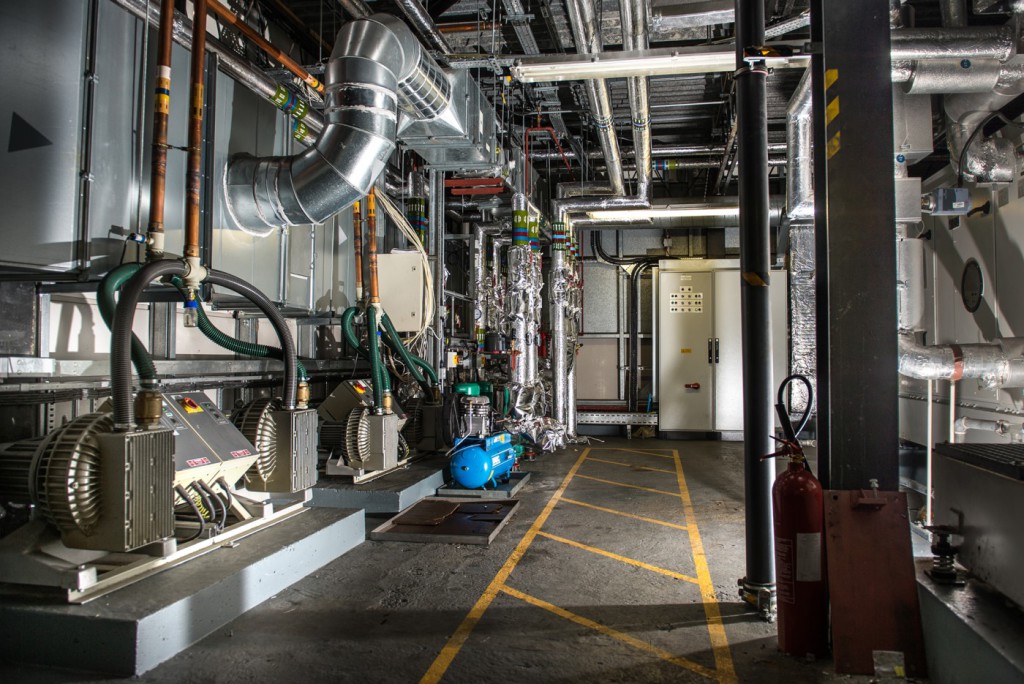Digital diligence

Managing a working building is a complex task, with many pieces of a disparate jigsaw puzzle having to fit together to ensure compliance, safety, usability and sustainability. The conflicting interests of building users, owners and maintainers – from on-site engineers to service partners and overarching facilities management providers – pose various challenges. Steve McGregor, Group Managing Director for DMA, highlights some of the latest digital solutions that can manage these challenges.
Overarching digital service management platforms are changing the face of facilities management and maintenance in general, tracking everything from building services to service partners and compliance requirements, leading to a reduction in onerous paperwork and manual processes, streamlined workflows and improved building operations.
As a building engineering services maintenance firm ourselves, we spent many years wrestling with proprietary CAFM systems that couldn’t deliver the end-to-end transparency needed. Research by BSRIA shows that, over 15 consecutive years, most customers reported dissatisfaction with their maintenance provider when measured against the same 10 KPIs. These KPIs included reactive response, relationships, communication and site management.
Paperwork, for example, particularly logbooks, is the bane of building management. As a legal requirement in all new and existing buildings to track where services have changed, logbooks provide a vital communication tool between facilities managers (FM), maintenance teams and incoming subcontractors. A lost paper logbook, therefore, leads to disappearing history, knowledge and crucial information.
Before implementing a digital approach within our own company, logbooks were updated annually. Around 150-200 logbooks would be reviewed and updated in the office; taking considerable time and requiring three people to fulfil this task. Each person involved spent between one and two full working weeks on this every year. DMA’s engineers also spent around two hours per week filling in timesheets and writing manual claims for allowances, expenses and overtime.
Now fully automated, individual engineers save up to 80 hours a year. This approach has also removed the need for back-office teams to manually input and upload daily work record sheet information, saving around 14 man-days per week. The combination of time saved across both teams equates to around 10,000 hours annually.
Better run buildings
Crucially, data analytics can dramatically improve how a building is maintained and operated, enhancing sustainability and reducing wasted time and associated costs. By providing insights into key performance indicators, such as response times, completion rates and task resolution times, resources are better optimised.
A clear history of what’s worked and any frustrations can improve future decision-making. It can sometimes be hard to see the wood for the trees when multiple people from numerous businesses are involved. Viewing everything in one place and tracking activity, job and asset history provides valuable insights. Automated calls-to-action, trend and exception analysis ensures action can be preventative. This avoids major breakdowns and subsequent downtime.
Another pain-point for FMs and their customers is compliance. The latest management software can support this too thanks to seamless integration into compliance criteria, such as SFG20 tasks and checklists. Compliance certificates are automatically generated once works have been completed, recording remedial work recommendations onto engineer and customer dashboards. Overall, complete transparency and live data improves customer relationships, builds trust and instills confidence, thanks to open and streamlined lines of communication.
Knowledge is power
We have experienced countless benefits by tracking every key role and function in DMA. Everyone knows what’s expected of them, from the back office to engineers on the ground. Our customers experience true transparency, as well as confidence that our approach is efficient and responsive to the needs of their buildings.
Guesswork can now be a thing of the past when ensuring our commercial buildings work as they should. Power has been returned to each stage of the chain – from the end user to the service provider. And, beyond individual customers, this approach improves sustainability – something that should be a priority for our sector. With commercial property accounting for around 20% of the UK’s carbon emissions, taking a more efficient approach to every part of operations must be the focus.







